Many RV lovers look forward to fun adventures in December as winter approaches. With cool air, snowy landscapes, and warm campfires, winter RVing can be a great experience. However, finding a good campground for winter RVing can be tricky. This article will provide a clear and straightforward list of the top 10 campgrounds for winter RVing with your camper or travel trailer in December. We will focus on essential factors like camping, travel trailers, campers, and RVs.
Yellowstone National Park, Wyoming
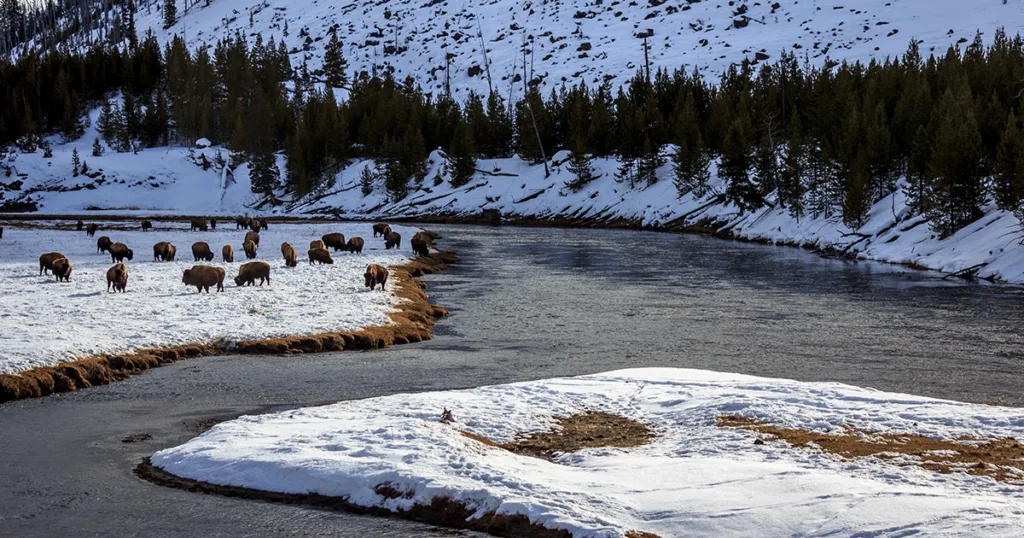
Yellowstone National Park offers beautiful views and wildlife. In December, some campgrounds are open but may have limited facilities due to winter conditions. If camping in winter, plan carefully for the challenges.
Activities
- Wildlife Watching: Yellowstone is known for its diverse wildlife population, and winter provides a unique opportunity to witness animals in their natural habitats.
- Cross-Country Skiing: Yellowstone’s stunning landscapes transform into a winter wonderland, making it a haven for cross-country skiers.
- Winter Hiking: Winter hiking is a fantastic option for those who prefer exploring on foot. Several trails are open year-round, allowing you to experience the park’s geothermal features, such as the famous Old Faithful geyser or the mesmerizing Grand Prismatic Spring, without the crowds that summer brings.
- Photography: Yellowstone’s landscapes offer countless breathtaking views, especially during winter. Photography enthusiasts will find endless opportunities to capture the park’s serene winter scenes.
- Camping and Stargazing: Yellowstone’s remote location offers minimal light pollution, allowing for incredible stargazing opportunities. Witness the Milky Way stretch across the horizon; if you’re lucky, you might even glimpse the northern lights.
Grand Teton National Park, Wyoming

Grand Teton National Park, located next to Yellowstone, offers winter RV camping with stunning mountain views and a peaceful atmosphere. Be aware that winter facilities may be limited, so careful preparation is essential.
Activities
- Winter Activities: Grand Teton National Park transforms into a snowy wonderland in winter. Explore the park’s winter trails on cross-country skis or snowshoes, slowly taking in the serene landscapes.
- Hiking: The park boasts over 200 miles of hiking trails, catering to all skill levels. Some popular trails include Cascade Canyon, Hidden Falls, and Inspiration Point.
- Wildlife Viewing: Grand Teton National Park is renowned for its diverse wildlife population. Keep your eyes peeled for majestic creatures like moose, elk, bison, bighorn sheep, and even elusive predators like coyotes, wolves, and bears.
- Mountaineering and Climbing: For experienced climbers, the Teton Range presents numerous peaks exceeding 12,000 feet; mountaineers can test their skills and enjoy stunning views from the summits. Check in with the park’s rangers and obtain the necessary permits before climbing.
- Visitor Centers and Museums: Take some time to visit the park’s visitor centers and museums to learn more about the park’s history, geology, and wildlife. The Craig Thomas Discovery and Visitor Center and the Laurance S. Rockefeller Preserve provide valuable information and exhibits to enhance your understanding and appreciation of the park.
Zion National Park, Utah
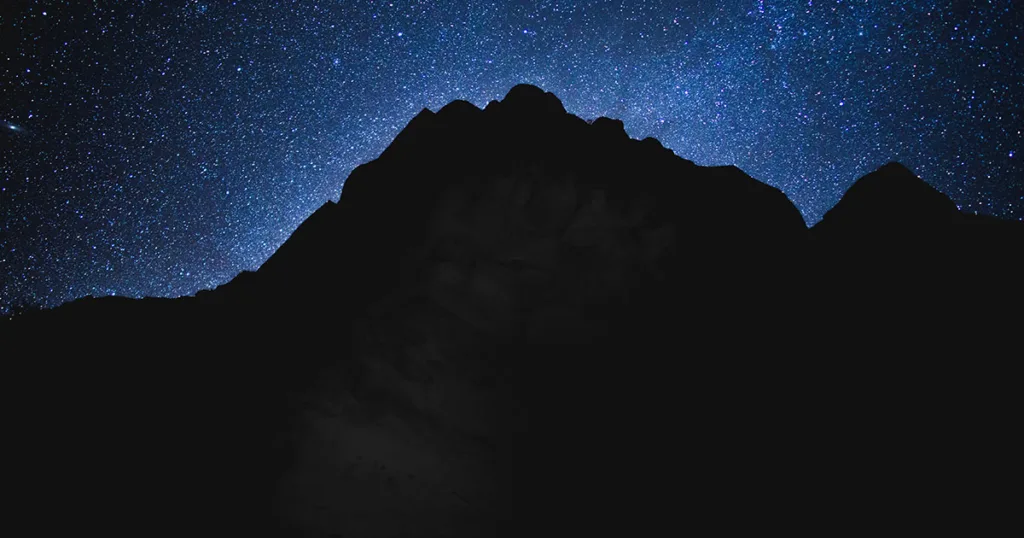
Zion National Park offers a mild winter climate, making it ideal for winter RVing. With stunning red rock formations and scenic trails, camping combines adventure and comfort. Some campgrounds remain open in December, so early reservations are recommended due to high demand.
Activities
- Canyoneering: For those seeking adventure, canyoneering is an exciting activity in Zion. Some popular canyoneering routes include The Subway and Mystery Canyon.
- Ranger-led Programs: Participate in one of the park’s ranger-led programs to learn more about Zion’s natural and cultural history. These programs include guided hikes, educational talks, and stargazing activities.
- Camping: Spend the night under the stars in one of Zion’s campgrounds. From developed campgrounds with amenities to remote backcountry camping, there are options for every type of camper. Waking up surrounded by the park’s natural beauty is an unforgettable experience.
- Photography: Zion’s red rock cliffs, dramatic canyons, and vibrant sunsets make it a paradise for photographers. Visit popular photo spots like Canyon Overlook and the Watchman Trail for picture-perfect moments.
- Scenic Drives: Enjoy the park’s majestic beauty from the comfort of your car by taking a scenic drive along the Zion-Mount Carmel Highway or the Zion Canyon Scenic Drive. These routes offer breathtaking views of towering cliffs, deep canyons, and the winding Virgin River.
Joshua Tree National Park, California
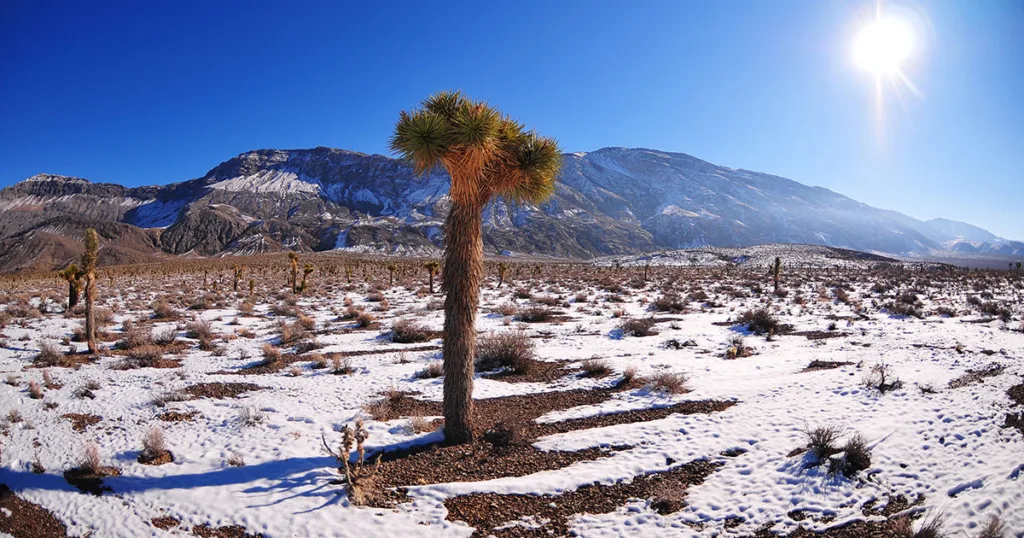
Joshua Tree National Park offers a unique winter experience for RVers with its desert landscapes and distinctive Joshua trees. Campgrounds like Black Rock and Indian Cove stay open all year and have the necessary amenities. Be sure to prepare for cold nights and changing temperatures, as deserts can have extreme temperature shifts.
Activities
- Hiking and Nature Walks: Joshua Tree National Park boasts an extensive network of trails that cater to hikers of all levels. Winter offers milder temperatures, making it the ideal time to explore the park on foot.
- Stargazing: Joshua Tree National Park is renowned for its clear skies. Winter nights in the park are typically free from light pollution, so bundle up, bring a blanket, and lay back to witness the breathtaking display of stars, constellations, and even the Milky Way.
- Birdwatching: Winter is an excellent time to spot various bird species that reside in or pass through Joshua Tree National Park. Watch for the vibrant western bluebird or the elusive cactus wren and let yourself be serenaded by their melodious songs.
- Relaxation and Reflection: One of the most significant advantages of winter camping at Joshua Tree National Park is its peaceful solitude. Take time to unwind, read a book, meditate, or enjoy the serenity surrounding you.
Assateague Island National Seashore, Maryland and Virginia

Assateague Island National Seashore is great for winter camping and RVing by the coast. During a December trip, you can enjoy beautiful beaches and wild horses, but check facility availability and be mindful of potential weather challenges.
Activities
- Wildlife Viewing: Assateague Island is famous for its wild horses that roam freely along the beaches and marshlands. Winter is a great time to spot these beautiful creatures, as they are often more active and more accessible to see without the large crowds of summer.
- Beachcombing: Walk along the pristine sandy beaches and search for seashells, unique driftwood, and other treasures that wash ashore. With fewer visitors during the winter, you’ll have a better chance of finding some hidden gems.
- Birdwatching: Assateague Island is a haven for various bird species, and winter is an excellent time for birdwatching. Look out for bald eagles, snow geese, tundra swans, and various waterfowl that migrate to the island during this season.
- Hiking and Nature Trails: Explore the island’s diverse habitats by hiking along the nature trails. The Wildlife Loop Trail and Life of the Marsh Trail offer breathtaking views of the surrounding marshes. At the same time, the Woodland Trail takes you through a serene forested area.
- Camping: Despite the colder temperatures, camping at Assateague Island in the winter can be a unique and memorable experience. Enjoy the peace and tranquility of the island while staying warm and cozy in your tent or RV. Just check for any camping restrictions or closures during that time of year.
Acadia National Park, Maine
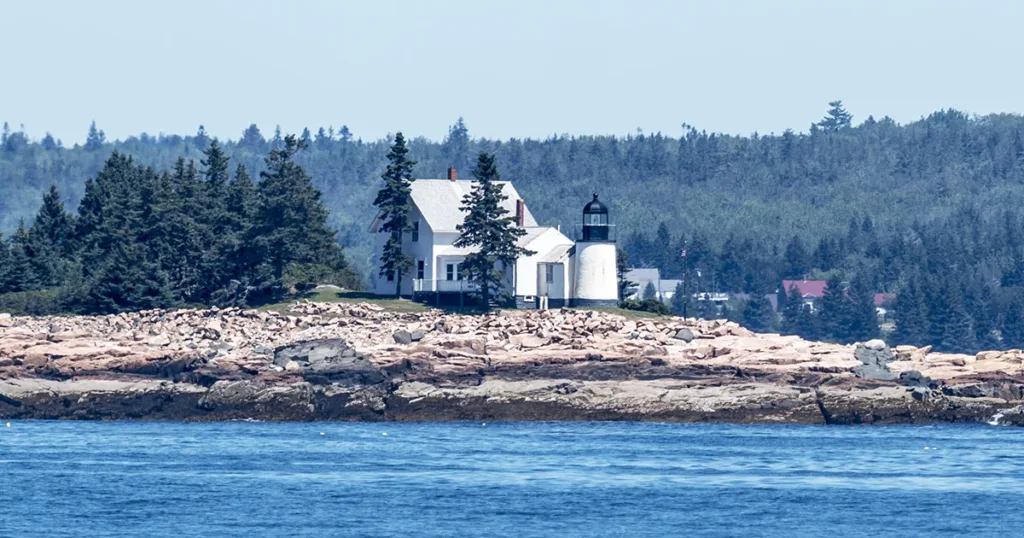
Acadia National Park features stunning landscapes and coastal views, attracting winter RVers. Some campgrounds remain open in December, though it’s best to check for closures. The park’s beauty and tranquility make it worth a visit, even in cold weather.
Activities
- Hiking: Acadia National Park offers an extensive network of trails; some popular trails include Jordan Pond Path, Precipice Trail, and Cadillac Mountain South Ridge Trail.
- Scenic Drives: Drive along the Park Loop Road, which offers stunning coastline views, rocky cliffs, and forested areas. Take advantage of iconic sights such as Thunder Hole, Otter Cliff, and Sand Beach.
- Wildlife Watching: Acadia National Park is home to various wildlife species. Watch for white-tailed deer, moose, foxes, and seals. Bird enthusiasts will also enjoy spotting the park’s diverse avian population, including bald eagles, peregrine falcons, and seabirds.
- Photography: With its diverse landscapes and stunning vistas, Acadia National Park offers countless photography opportunities. Capture the sunrise from the summit of Cadillac Mountain, the rocky coastline, or the vibrant colors of fall foliage.
- Stargazing: Acadia National Park is a designated International Dark Sky Park, meaning it offers exceptional conditions for stargazing. On clear nights, head to areas with minimal light pollution, such as the summit of Cadillac Mountain or the Blackwoods Campground, to observe the dazzling night sky and learn about the constellations.
Rocky Mountain National Park, Colorado
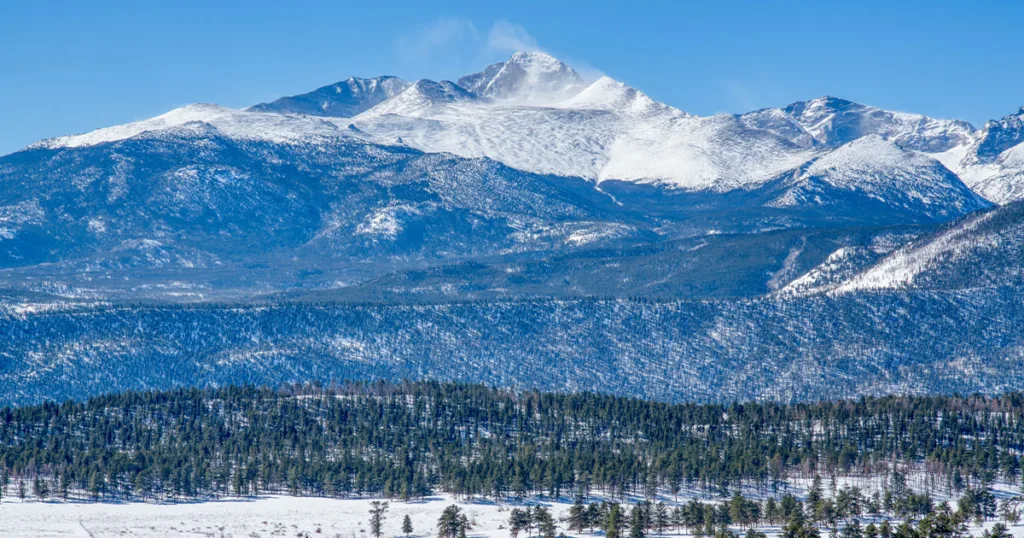
Rocky Mountain National Park offers stunning scenery and recreational opportunities for winter RVers. While campgrounds like Moraine Park and Glacier Basin have limited services in winter, it’s crucial to navigate road closures and prepare for challenging weather.
Activities
- Snowshoeing or Cross-Country Skiing: Experience the breathtaking winter landscapes of Rocky Mountain National Park by exploring the park on snowshoes or cross-country skis. There are several scenic trails available for winter enthusiasts of all skill levels.
- Winter Wildlife Viewing: Winter is a great time to spot wildlife in the park. Keep your eyes peeled for elk, moose, bighorn sheep, and bobcats. The park offers guided snowshoe trips specifically focused on wildlife viewing.
- Ice Climbing: For the more adventurous, Rocky Mountain National Park offers excellent ice climbing opportunities. Climbers can tackle various frozen waterfalls and ice formations, ranging from beginner to expert levels.
- Winter Photography: The park takes on a magical quality during winter, making it ideal for photography. Capture stunning snow-covered landscapes, frozen lakes, and wildlife in their winter habitat.
- Winter Camping: If you’re up for a unique experience, camping in the winter can be a memorable adventure. Rocky Mountain National Park offers designated winter camping areas for those who want to experience the tranquility and beauty of the park during the colder months.
Olympic National Park, Washington

Olympic National Park’s diverse landscapes, featuring rainforests, rugged coasts, and snow-capped mountains, make it a great winter RVing destination. Kalaloch Campground is open year-round with stunning ocean views. Just be ready for typical rainy and stormy Pacific Northwest weather.
Activities
- Snowshoeing or Skiing: With heavy snowfall during winter, Olympic National Park offers fantastic opportunities for snowshoeing or cross-country skiing. You can explore the winter wonderland at destinations such as Hurricane Ridge or the Hoh Rainforest.
- Winter Wildlife Viewing: Winter is an ideal time to spot wildlife in Olympic National Park. Watch for elk, deer, mountain goats, and even the elusive gray wolf. The park also offers excellent bird-watching opportunities, particularly around Lake Quinault and the coast.
- Hot Springs: After a day of outdoor activities, rejuvenate your body and mind at Sol Duc Hot Springs. Soak in the natural mineral waters surrounded by snow-covered trees for a truly blissful experience.
- Storm Watching: The rugged coastline of Olympic National Park is known for its fierce winter storms. Brave the wind and rain to witness the power of the ocean as massive waves crash against the rocks. Popular storm-watching spots include Rialto Beach and Cape Flattery.
- Visit Lake Crescent: Although the water may be too cold for swimming, Lake Crescent offers a serene winter retreat. Enjoy peaceful walks along the lake’s shore, take in the stunning mountain views, or cozy up with a warm beverage and a good book at the historic Lake Crescent Lodge.
Big Bend National Park, Texas
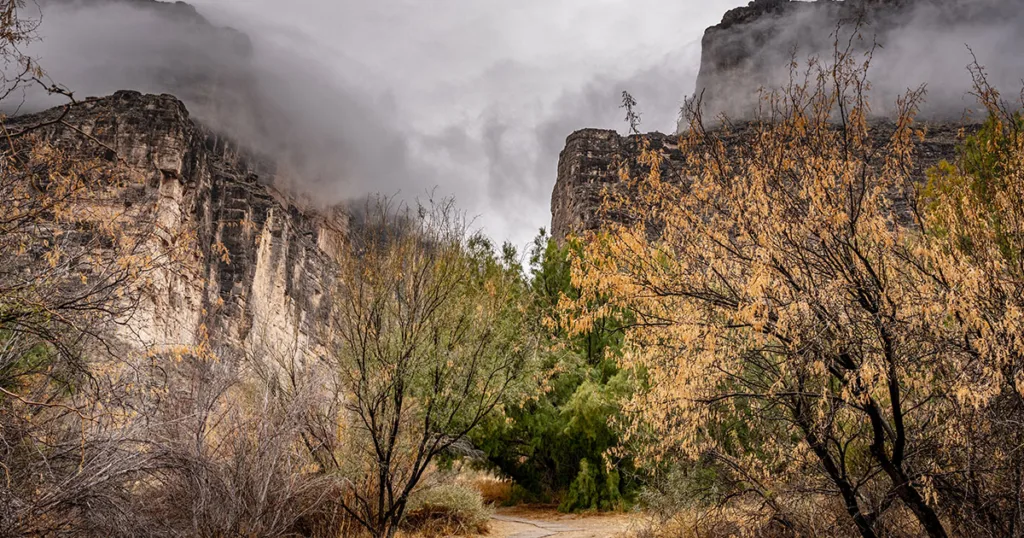
Big Bend National Park provides a unique desert experience for a warm winter getaway. With vast landscapes and stunning mountains, it offers various outdoor activities. Campgrounds like Rio Grande Village are open, but it’s important to plan ahead due to limited services.
Activities
- Hike the Window Trail: This iconic trail offers breathtaking views of the Chisos Basin and is especially beautiful during the winter months when the surrounding landscape is dusted with snow. The trail takes you to the Window, a notch in the mountainside, through which you can admire the vast desert below.
- Take a scenic drive along Ross Maxwell Scenic Drive: This 30-mile road offers stunning panoramic views of the Chihuahuan Desert, including the majestic Santa Elena Canyon and the towering limestone cliffs of the Sierra del Carmen Mountains.
- Stargaze at the Rio Grande Village: Big Bend National Park is known for having some of the darkest skies in the United States, making it a perfect location for stargazing. Set up your telescope or look at the countless stars above.
- Explore Santa Elena Canyon: Embark on a hike through the Santa Elena Canyon, where the Rio Grande River slices through the towering canyon walls. The winter months offer cooler temperatures, making it an ideal time to explore this stunning natural wonder.
- Visit the Hot Springs Historic District: Relax and rejuvenate at the historic hot springs near the Rio Grande River. Soak in the natural warm waters while enjoying the picturesque views of the river and surrounding mountains.
Death Valley National Park, California and Nevada
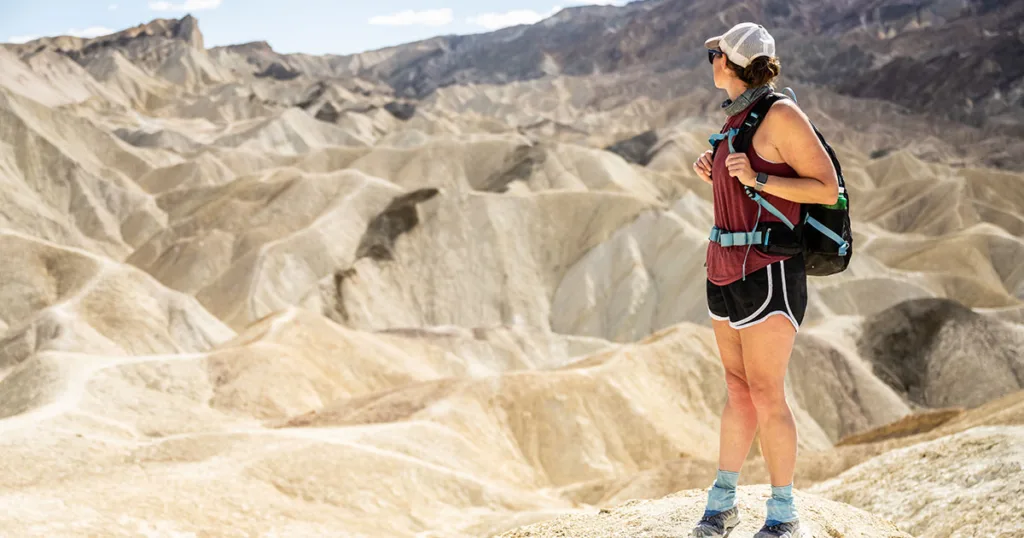
Death Valley National Park offers mild winter temperatures, making it an excellent spot for winter RVing. Campgrounds such as Furnace Creek and Sunset are open year-round, but it’s essential to bring plenty of water and be aware of potential flash floods.
Activities
- Badwater Basin: Visit the lowest point in North America at Badwater Basin. Take a walk on the salt flats and marvel at the unique landscape. Be sure to check the weather conditions and dress accordingly, as winter can be frigid.
- Zabriskie Point: Witness the stunning sunrise or sunset at Zabriskie Point. The eroded landscape and the golden hues make for a breathtaking view. Remember your camera!
- Mesquite Flat Sand Dunes: Explore the iconic sand dunes at Mesquite Flat. Enjoy the solitude, try sand sledding, or take a leisurely walk to experience this unique desert environment.
- Dante’s View: Head up to Dante’s View for a panoramic view of Death Valley. The viewpoint offers a stunning vista of the salt flats and mountains, especially during winter when the air is crisp and clear.
- Scotty’s Castle: Take a guided tour of Scotty’s Castle, a historic Spanish-style mansion in Death Valley. Learn about the history and legends of this unique attraction and explore the beautiful surrounding area.
While the top 10 campgrounds for winter RVing in December offer unique experiences, be mindful of trade-offs like limited facilities and challenging weather. Proper preparation is essential—check campground availability, road conditions, and weather forecasts for safety.
In summary, winter RVing in December can be exciting. By prioritizing safety and preparation, you can enjoy the beauty of winter and have a memorable trip.

